Colt 1911 Government 45acp 5" 8rd – O1911SE-A1 For Sale
$1,228.99
The Colt 1911 Government O1911SE-A1 in .45 ACP epitomizes American firearm engineering with its enduring performance, reliability, and customization options, upheld for over a century. This model, featuring a 5-inch barrel and an 8-round capacity, retains the robust design hallmark of the 1911 series. Its ergonomic build, including a natural pointing grip angle and strategic safety features, enhances shooting comfort and reduces accidental discharge risks. A key attribute is its extensive customization potential, supported by a vast aftermarket offering varying grips, sights, triggers, and finishes, allowing owners to personalize their pistols to their liking. Suitable for sport shooting, self-defense, or collecting, the Colt 1911 Government O1911SE-A1 remains a testament to enduring U.S. craftsmanship and innovation.
What is a government model Colt 1911?
The government model Colt 1911 refers to a specific design of the Colt 1911 pistol, a firearm that was originally designed by John Browning and adopted by the U.S. military in 1911. The “government model” designation refers to the standard military version, which is characterized by its full-size frame and 5-inch barrel.
The Colt 1911 is a semi-automatic pistol chambered in .45 ACP (Automatic Colt Pistol) and is renowned for its reliability, solid construction, and powerful cartridge. It served as the standard-issue sidearm for the United States Armed Forces from 1911 until 1985, and various iterations continue to be popular among civilian shooters, law enforcement, and military personnel around the world.
The government model typically includes features such as a single-action trigger, a grip safety, a manual thumb safety, and a magazine capacity of seven rounds. Over the years, the 1911 has been produced in numerous variants with different calibers, barrel lengths, and features, but the term “government model” generally denotes the original full-sized version used by the military.
What are the common problems with the Colt 1911 government?
The Colt 1911 Government model, like any firearm, can have specific issues that users might encounter. Some common problems include:
1. **Failure to Feed**: This occurs when a round fails to load into the chamber properly, often due to issues with the magazine, ammunition, or the feed ramp.
2. **Failure to Eject**: Also known as a “stovepipe,” this issue involves the empty casing not being ejected properly. It can result from a weak recoil spring, extractor issues, or dirty components.
3. **Slide Stop Issues**: The slide stop can sometimes engage prematurely, locking the slide back before the magazine is empty. This might be due to improper hand placement or a faulty slide stop.
4. **Magazine Problems**: Issues such as double feeds or magazine incompatibility can arise. Sometimes using aftermarket magazines that aren’t well-made can cause performance issues.
5. **Accuracy Problems**: Some users may experience accuracy issues, which could be due to loose sights, barrel wear, or user error.
6. **Trigger Problems**: Problems with the trigger can include a rough pull, inconsistent pull weights, or failure to reset, often due to wear or need for tuning.
7. **Extractor Issues**: A worn or poorly tuned extractor can lead to problems with ejecting spent cases.
8. **Recoil Spring Wear**: Over time, the recoil spring can weaken, affecting cycling and performance.
Regular maintenance, quality ammunition, and using compatible and high-quality components can help mitigate these issues. Consulting with a gunsmith or a Colt-certified technician can also resolve persistent problems.
What is the difference between government and officer 1911?
The main difference between a Government Model and an Officer Model 1911 pertains to their size and intended use, as they are both variants of the iconic 1911 pistol.
1. **Government Model 1911:**
– **Size:** It is the full-size version of the 1911, usually with a 5-inch barrel.
– **Capacity:** Typically holds 7 to 8 rounds in a standard magazine.
– **Use:** Designed as a standard-issue military sidearm, it is often used for general purposes, including law enforcement and civilian self-defense.
– **Weight & Recoil:** Heavier and generally handles recoil better due to its size.
2. **Officer Model 1911:**
– **Size:** More compact with a shorter barrel, usually around 3.5 inches.
– **Capacity:** Reduced magazine capacity, often 6 to 7 rounds.
– **Use:** Intended for concealed carry, it is lighter and easier to handle due to its compact size.
– **Weight & Recoil:** Lighter, can have more perceived recoil but is easier to carry discreetly.
These differences make the Government Model suited for open carry and traditional roles, while the Officer Model is tailored for concealed carry needs.
What is the difference between the Colt government series 70 and 80?
The primary difference between the Colt Government Series 70 and Series 80 pistols lies in their firing mechanisms and safety features.
1. **Series 70**:
– The Series 70 is known for its original and simpler design, which lacks an additional firing pin safety. This series uses a collet-style bushing that helps improve accuracy, although some variations may come with a standard barrel bushing.
– The Series 70 design is popular among traditionalists and is often preferred by gunsmiths for custom work due to its simpler internals.
2. **Series 80**:
– The Series 80 introduces an additional internal safety feature known as a firing pin block, which is designed to prevent the firing pin from moving forward and striking the primer unless the trigger is fully pulled. This mechanism adds an extra layer of safety to prevent accidental discharges if the pistol is dropped.
– The Series 80 includes additional parts to accommodate this firing pin safety, making the firearm slightly more complex internally compared to the Series 70.
The choice between the two often comes down to a preference for simplicity and tradition (Series 70) versus modern safety features (Series 80).
| Model | 1911 Government |
|---|---|
| Overall Length | 8.5" |
Be the first to review “Colt 1911 Government 45acp 5" 8rd – O1911SE-A1” Cancel reply
Related products
Colt 1911 Government
Colt 1911 Government Custom 45 ACP 7+1 Pistol, Desert Tan Cerakote Black – O1070CQBFB
Colt 1911 Government
Colt 1911 Government .38 Super Pistol, Stainless – O1911CSS38
Colt 1911 Government
Colt 1911 Government Samuel Colt Edition .45 ACP Pistol – O1911C-SCB
Colt 1911 Government
Colt 1911 Government
Colt 1911 Government
Colt 1911 Government Limited Edition 45 ACP 8+1 Round Pistol, Desert Tan Cerakote – O1070CQB
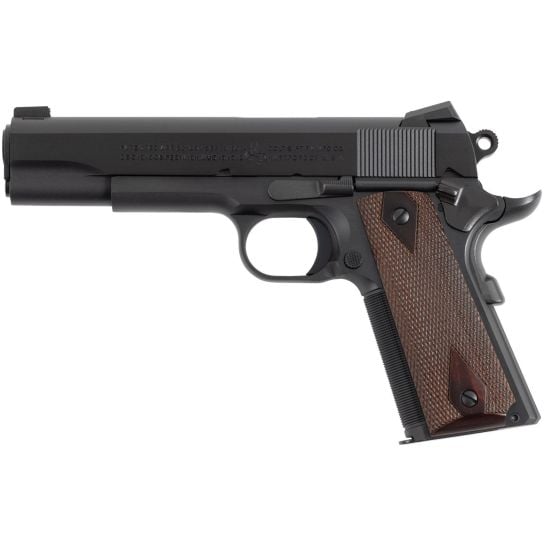
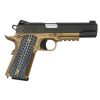
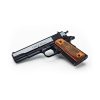
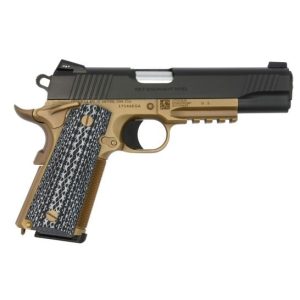
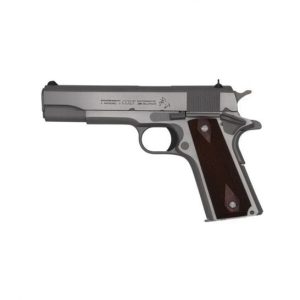
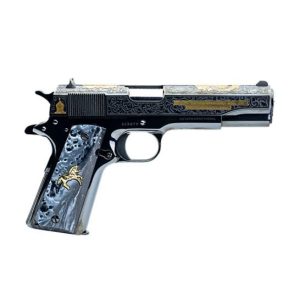
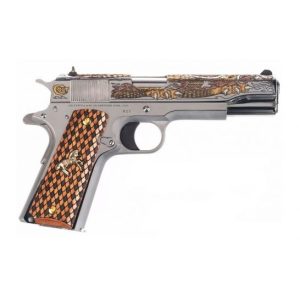
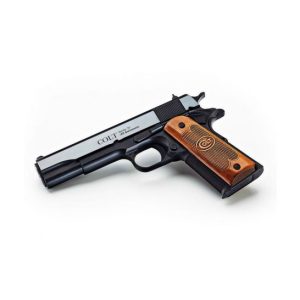
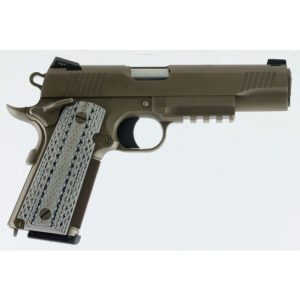
Reviews
There are no reviews yet.